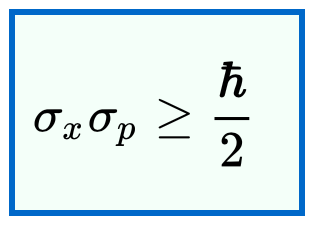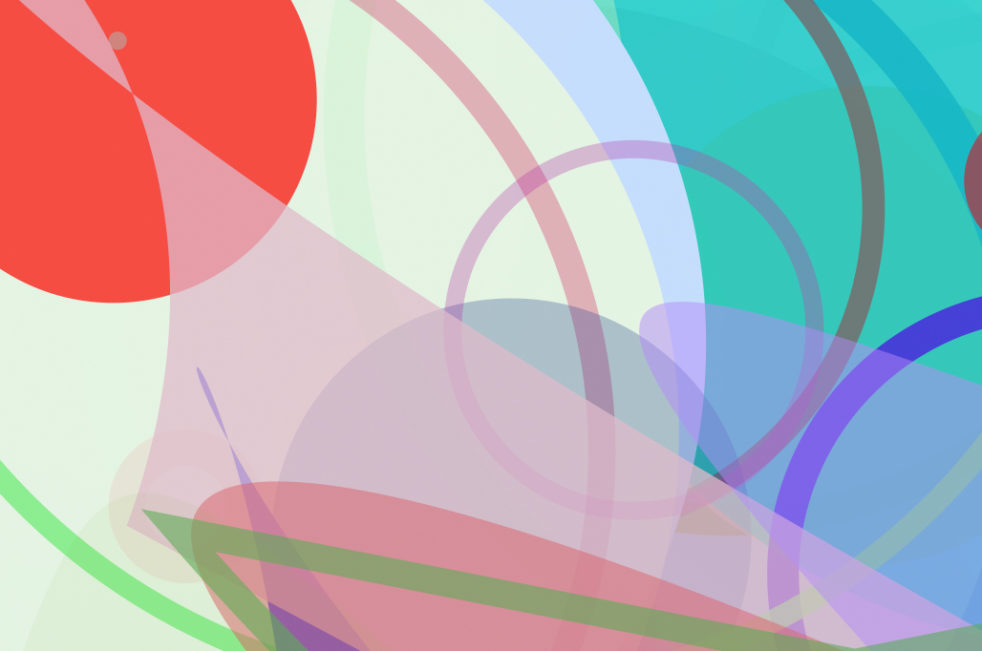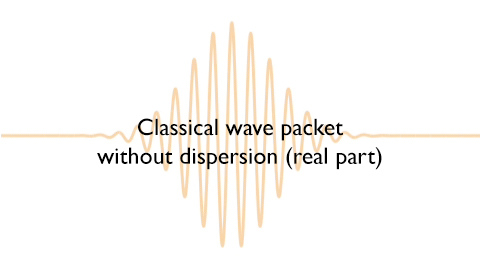Enough cat in a box! – an isolation setup
I’ve cited Nick Lucid’s Science Asylum YouTube channel over the years. His latest video is a wonderful take on all the quantum cat clickbait which I’ve noticed lately – another nostalgic set of pieces on Schrödinger’s legendary thought experiment. Much misunderstood [1]. A favorite of fabulists (and mystics). Well, Nick nails the reality. Yet, I… Continue reading Enough cat in a box! – an isolation setup




